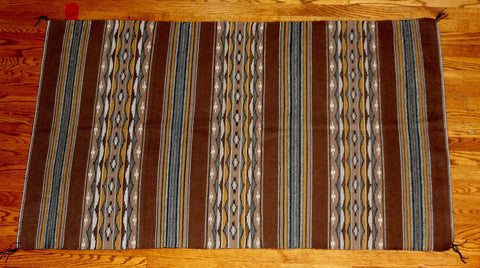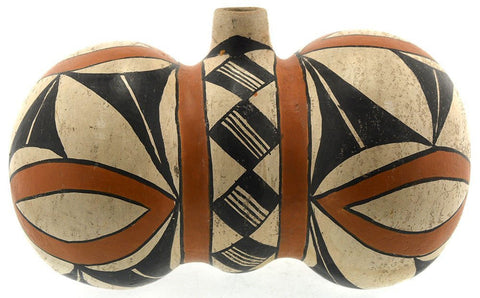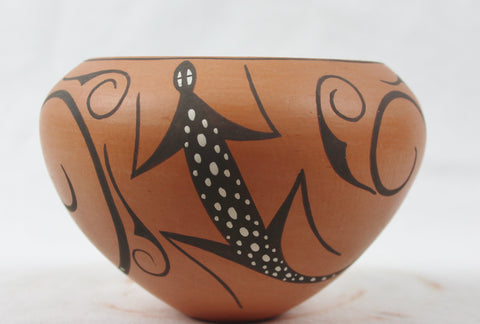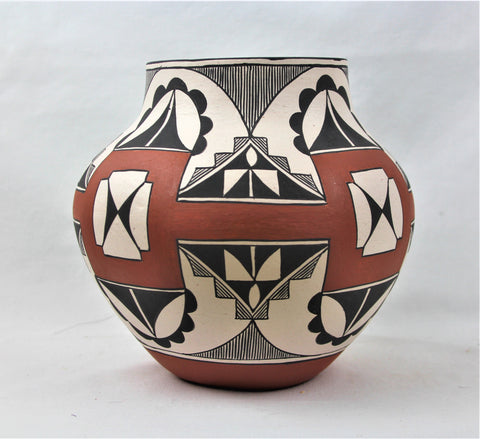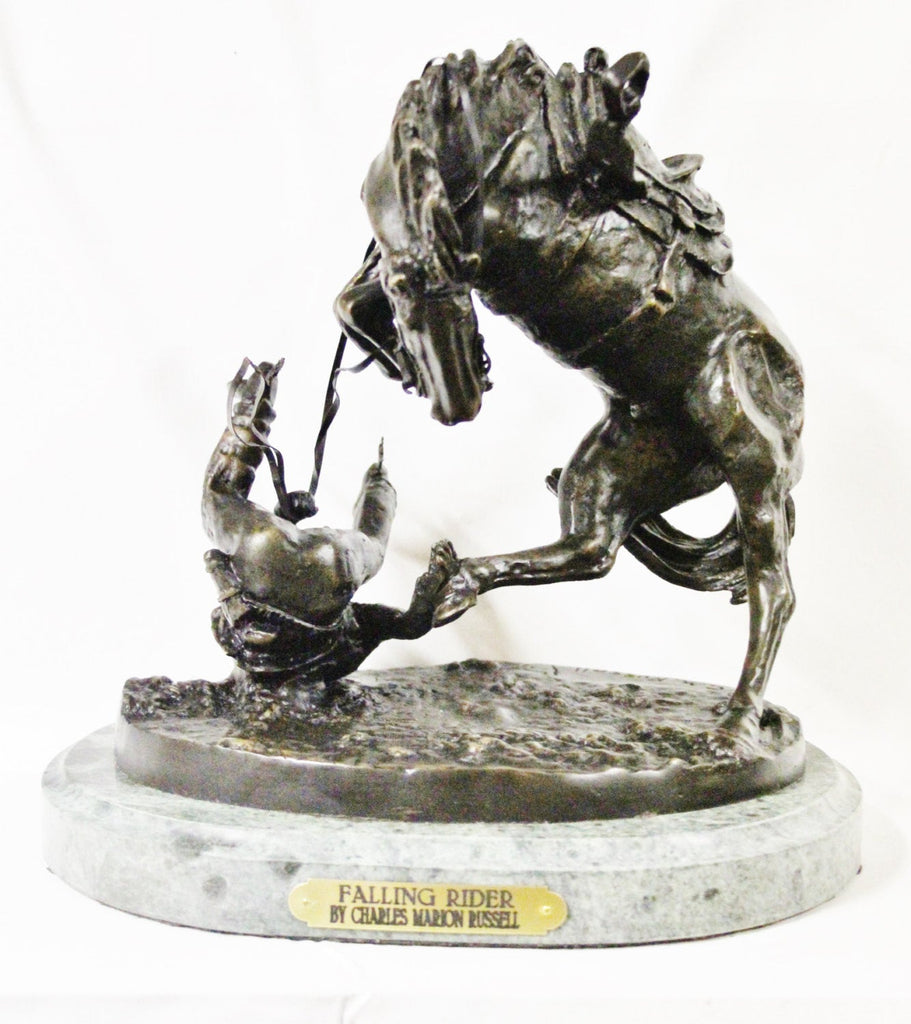
Charles Marion Russell, "Falling Rider", Bronze Sculpture #505 Sold Out
$ 1,100.00
Charles Marion Russell
505. Description: Charles Marion Russell, "Falling Rider" Bronze sculpture Size 12" x 11 ". This is a genuine bronze sculpture created in the lost wax method and has a beautiful patina. It sits on a fine Italian marble base
This is one of the finest reproductions of Charles Marion Russell in mint condition. Size 12"x 11". This is a genuine bronze sculpture created in the lost wax method and has a beautiful patina and sits on a fine Italian marble base.
It was cast in the US by the American Bronze Foundry and was part of the inventory of the now defunct American Heritage Gallery in Washington DC. Pieces were created using the time honored process of lost wax casting which remains essentially unchanged from the process employed centuries ago. Careful planning, painstaking preparation and hundreds of hours of intensive work is evident in each sculpture. Extraordinary details remains foremost as each piece receives a beautifully rich, hand polished patina or high gloss finish. Excellent condition. Ca late 1900's.
Charles Marion Russell Biography: Art was always a part of Russell's life. Growing up in Missouri, he drew sketches and made clay figures of animals. Russell had an intense interest in the wild west and would spend hours reading about it. Russell would watch explorers and fur traders who frequently came through Missouri. Russell learned to ride horses at Hazel Dell Farm in Jerseyville, Illinois on a famous Civil War horse called "Great Britain". Russell's instructor was Col. William H. Fulkerson who had married into the Russell family. At the age of sixteen, Russell left school and went to Montana to work on a sheep ranch.
Russell returned to Missouri and Illinois in the winter of 1882 to visit family. Russell's cousin James Fulkerson, nine months younger, was persuaded to join Russell working on a Montana cattle ranch. However, as Russell later wrote, his cousin "died of mountain fever at Billings two weeks after we arrived" on 27 May 1883.
In 1882, by the age of eighteen, Russell was working as a cattle hand. The harsh winter of 1886 and 1887 provided the inspiration for a painting that would give Russell his first taste of publicity. According to stories, Russell was working on the O-H Ranch in the Judith Basin of Central Montana when the ranch foreman received a letter from the owner, asking how the cattle herd had weathered the winter. Instead of a letter, the ranch foreman sent a postcard-sized watercolor Russell had painted of gaunt steer being watched by wolves under a gray winter sky. The ranch owner showed the postcard to friends and business acquaintances and eventually displayed it in a shop window in Helena, Montana. After this, work began to come steadily to the artist. Russell's caption on the sketch, "Waiting for a Chinook", became the title of the drawing, and Russell later created a more detailed version which is one of his best-known works.
In 1896, Russell married his wife Nancy. In 1897, they moved from the small community of Cascade, Montana to neighboring Great Falls, where Russell spent the majority of his life from that point on. There, Russell continued with his art, becoming a local celebrity and gaining the acclaim of critics worldwide. As Russell kept primarily to himself, Nancy is generally given credit in making Russell an internationally known artist. She set up many shows for Russell throughout the United States and in London creating many followers of Russell's.
Russell the artist arrived on the cultural scene at a time when the "wild west" was being chronicled and sold back to the public in many forms, ranging from the dime novel to the wild west show and soon evolving into motion picture shorts and features of the silent era, the westerns that have become a movie staple. Russell was fond of these popular art forms, and made many friends among the well-off collectors of his works, including actors and film makers such as William S. Hart, Harry Carey, Will Rogers and Douglas Fairbanks. Russell also kept up with other artists of his ilk, including painter Edward "Ed" Borein and Will Crawford the illustrator.
On the day of Russell's funeral in 1926, all the children in Great Falls were released from school to watch the funeral procession. Russell's coffin was displayed in a glass sided coach, pulled by four black horses.
A collection of short stories called Trails Plowed Under was published a year after his death. Also, in 1929, Russell's wife, Nancy, published a collection of his letters in which was titled Good Medicine. (From Wikipedia)

